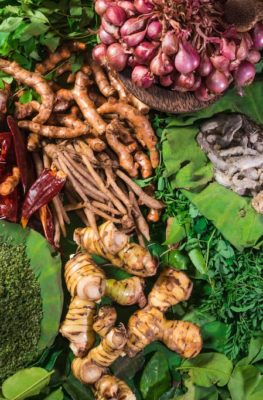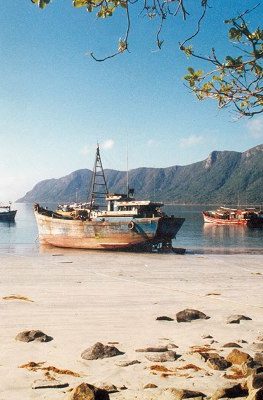Published on November 29, 2017

Pelican in Prek Toal Bird Sanctuary. Adam / Creative Commons
Cambodia’s Great Lake Tonle Sap provides dwelling and a way of living to millions of people, 300 species of fish, and more than a hundred varieties of water birds, including pelicans, storks, and herons. They flock to Tonle Sap in a stunning sight that will have bird watchers or anyone who’s watched too many National Geographic nature documentaries chattering in excitement.
As Southeast Asia’s largest fresh water lake swells every monsoon season when the floodwaters of the Mekong enter it and recedes in dry season back into the river, Tonle Sap makes for a uniquely rich ecosystem that’s an ideal habitat for water birds. Particularly at the western end of the lake, Prek Toal Bird Sanctuary becomes a vital nesting ground. It plays host to the largest number of threatened water birds in the region during the dry season, from December to May.
Bird watching tours at the Prek Toal Bird Sanctuary can be arranged with a guided boat tour, costing $25 each for two persons ($20 each for three or more). While in Prek Toal, you can also include a side trip to see its floating village. Tonle Sap is also home to many locals residing in floating houses. After seeing the wildlife of the lake, exploring the village by paddle boats can give you a glimpse of the reality of living in a house that rises and falls with the lake.

Child at Tonle Sap village. Juan Antonio F. Segal / Creative Commons.
.jpg)
Painted stork in Prek Toal Bird Sanctuary. shankar s. / Creative Commons.
.jpg)
Tonlé Sap. Cambodia. Juan Antonio F. Segal / Creative Commons.
Similar Southeast Asia Experiences
Many other water-based communities exist in Southeast Asia – see them when you visit Vietnam’s floating markets in the Mekong Delta; the lakeside villages in Inle Lake, Myanmar; and the water village at Kampong Ayer, Brunei.






